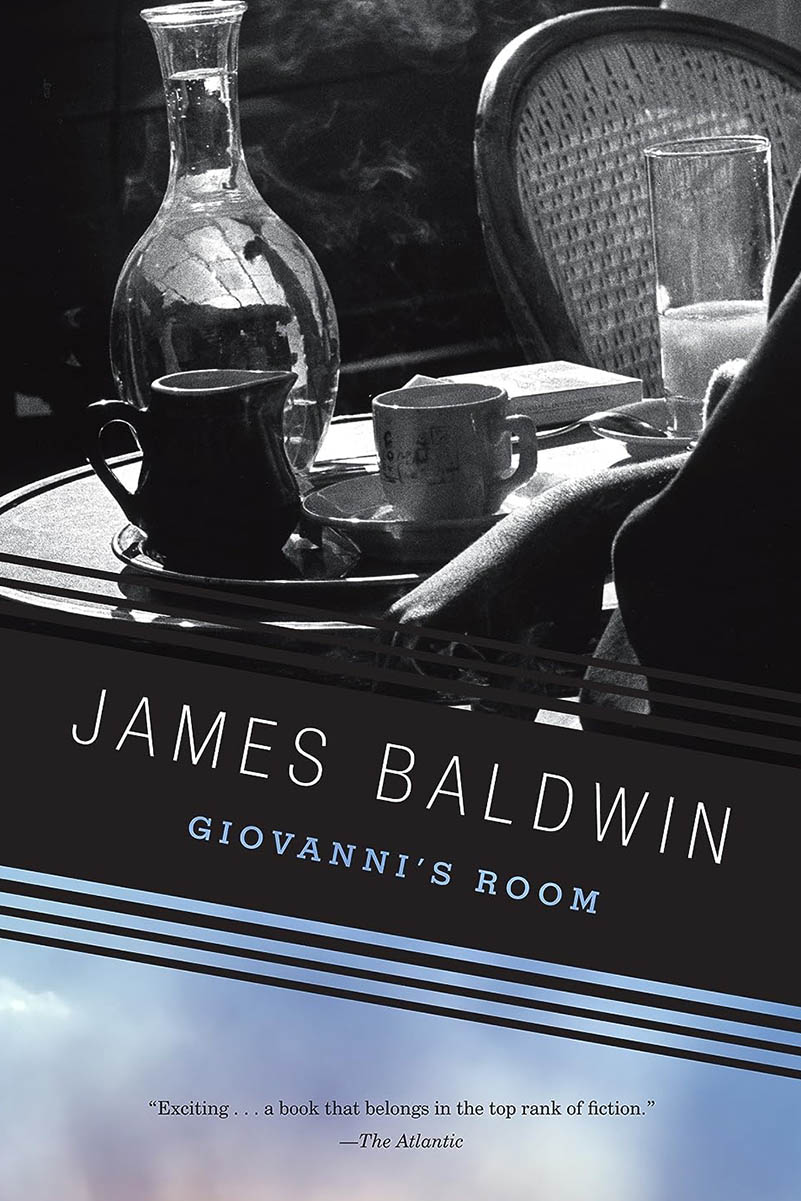Giovanni’s Room
by James Baldwin
“I wanted to be inside again, with the light and safety, with my manhood unquestioned” (104). This line from
James Baldwin’s second novel, Giovanni’s Room, can explain the remorse and guilt that swallows David alive as he is forced to choose between conventionality and true love. David, a white American living in Paris, struggles not only with accepting the intensity of his feelings, but also being able to let others know about his relationship with Giovanni, his lover. He is conflicted on which romantic partner to choose: Giovanni, or his girlfriend, Hella. He wants both relationships but knows he doesn’t have the choice. To David, Hella is the ideal woman, a woman his father would approve of, a woman he could build a family with, and a woman in which he could proudly show off. David repeatedly demonstrates that he believes that his love with Giovanni is filthy, and is terrified of being seen as unclean, lavishing in the idea of virginal purity. Hella, although not his truelove, makes him feel without sin.
The novel is written with a sense of melancholic haziness, as David views his relationship with Giovanni almost as a hallucination. Because it only existed within the walls of Giovanni’s room, it doesn’t feel tangible and real to David. He dictates the majority of the plot, the day before Giovanni is to be guillotined for a murder crime, and his past feels faint: a prelapsarian and idyllic time. He believes that his love with Giovanni was soiled because of their genders and that he is the reason for Giovanni’s inevitable death.
Many of James Baldwin’s books are semi-autobiographical, but Giovanni’s Room differentiates from the others, as David and the rest of the characters in the novel are white. Baldwin received massive pushback from his publishers about focusing his novel on a white community, as they thought Giovanni’s Room would turn off his already substantial black audience. Instead, Baldwin focuses on his identity as a gay man living in the early 20th century, as he thought that showing the experience of someone who was both black and gay would be too controversial. Nevertheless, the book was still heavily criticized for even daring to mention such topics.
Although Giovanni’s Room, released in 1956, is seen as an old-fashioned classic, it is anything but. Its contemporary and complex portrayal of homosexuality are nothing like one would imagine for its time.



